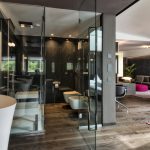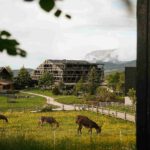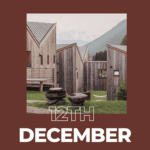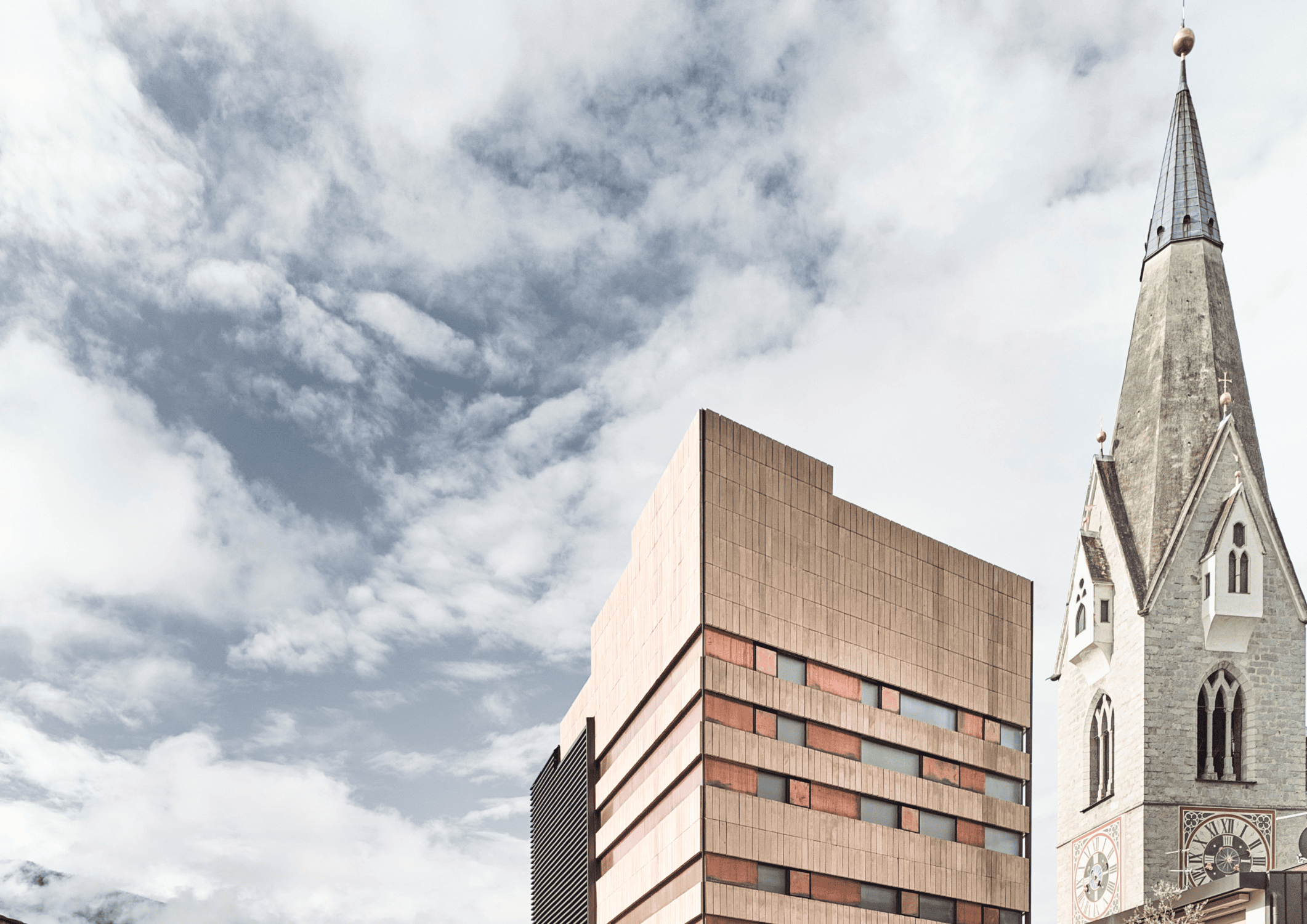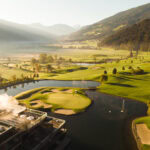It takes a bit of courage to change the cityscape. And even more to create a building that can compete with the city’s landmark. Just like the Boutiquehotel Badhaus in Brixen. In height, it measures up to the White Tower; with its reddish color, it creates a striking contrast, and its modern silhouette is unmistakable. But even if it’s not immediately obvious, there are some subtle nods to the city’s history incorporated here. And if you look more closely, you’ll notice that the Badhaus, designed by the renowned Bergmeisterwolf architects, is more than just a hotel.


From the Middle Ages…
…until the 1940s, a public bathhouse stood in one of the narrow, winding alleys with arcades — a place of cleansing and gathering, open to everyone. After that, it remained for a long time a quiet, closed-off spot in the heart of Brixen’s old town until it was carefully transformed into a boutique hotel. A hotel that not only accommodates guests but also offers the city a little space with a public courtyard.

Just like before…
…only a little different. Water still flows in the courtyard here, now in the form of a drinking fountain. Then as now, people in Brixen know: where there was water, there was life. The courtyard, accessible through a passage, with its Viertel Bar and the stone steps at the water source, has become a place to linger for guests, travelers, and locals alike: a new quarter in the tightly built old town of Brixen.

And an invitation…
…to change perspective and look at the modern building with attentive eyes. Because what at first glance appears to be progressive architecture is actually a loving tribute to the city with an avant-garde outlook. And this starts right from the pavement of the alley, which continues into the hotel’s entrance passage, but in a newly interpreted way.



The building…
…with its multiple volumes, is a play with dimensions and materials. The facades of the different structures, made from handcrafted Danish bricks, each bear the fingerprint of their maker, left by the pressing process. The color is a deliberately chosen contrast to the White Tower. Copper— both outside and inside — is a tribute to the historic water pipes in the city’s houses. In the rooms, the bathrooms with aquamarine quartzite pick up on the theme of water and bathing. The softly aquamarine wooden floors continue this idea in the interior.



And with the two installations by Michael Fliri, the water theme is elevated to an artistic level through site-specific art. Once abstractly with the Liquid Starry Sky, and once with the oversized aluminum bathrobe at the hotel entrance, which welcomes guests upon arrival.
A building that is sure to spark discussion and, by doing so alone, achieves exactly what it is meant to do—beyond its role as a stylish boutique hotel: to bring people together.
Boutiquehotel Badhaus is a Member of Lifestylehotels
photos: Gustav Willeit; freiundzeit

